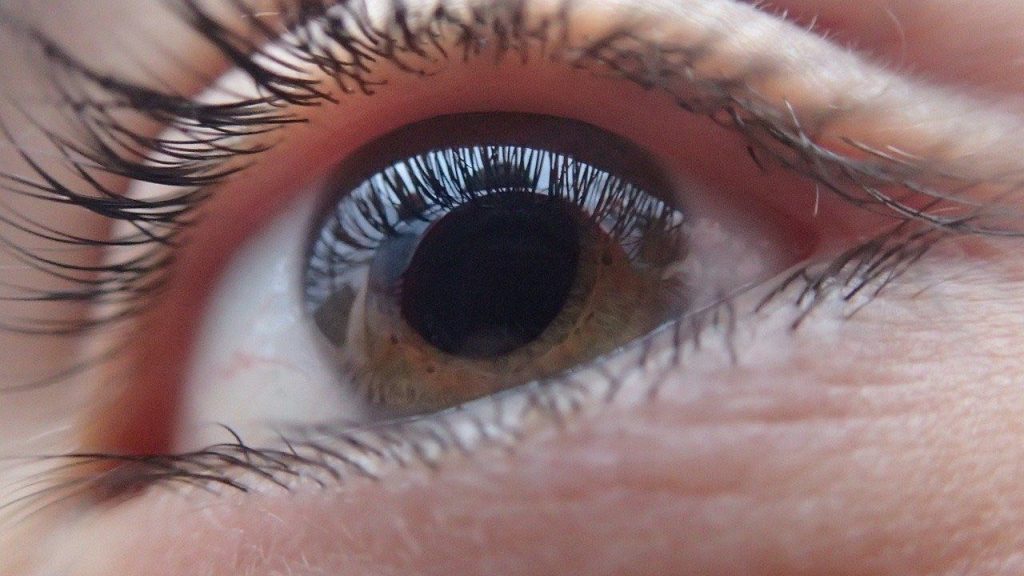Cataracts occur when the eye develops clouding over the lens. As a result, you may experience trouble seeing. Cataracts cannot be remedied via LASIK, which is a very popular form of corneal refractive surgery, nor can it be rectified with contact lenses or bifocals. Cataracts are common, and those over the age of 50 can develop cataracts at some point in their lifetime.
Fortunately, cataracts are easy to treat with surgery and have promising long-term results. Although if left untreated, you could go blind, so it is imperative to get them treated as soon as possible. Here, we will discuss how cataracts are treated and what to expect after surgery.
Preparing for Cataract Surgery
To begin, an ophthalmologist or optometrist will perform an eye test to evaluate the overall health of your eyes. They may determine if there are specific pre-existing conditions that you have that may make you ineligible for the surgery, or at the very least a risk for surgery. As such, they will discuss any risk factors that you should be prepared for if you do make an appointment with a cataract surgeon in Toronto.
How Cataract Surgery is Performed
During cataract surgery, a process known as phacoemulsification is performed. An incision is made in the patient’s cornea, and a tiny probe is inserted through it. The probe will penetrate the dilated pupil of the patient until it reaches the capsule that keeps the eye’s lens in place.
The probe comes with a tip that oscillates very quickly. It is used to emulsify the lens. A tube is also used, whose purpose is to aspirate all of the nuclear material until the lens is completely extracted from the eye.
After the lens is extracted, the probe is also removed and set aside. Next, the cataract surgeon will insert a syringe, that houses a state of the art cartridge pack that holds a folded synthetic lens, via the incision that was made initially.
Moreover, the synthetic lens, which is known as an intraocular lens, is inserted into the capsule unit where it unfolds. The surgeon will use other cutting edge instruments in order to position the lens within the capsule properly. For instance, haptics, which are tiny arm like units, are used to extend the capsule’s sides.
Recent advances have been made in cataract surgery that has allowed for fewer complications and more comprehensive results. For instance, in the past, only mono-focal intraocular lenses could be used, as they were the only lens type available to cataract surgeons in Toronto.
While most patients were able to enjoy superb distance vision, many had to turn to eyeglasses in order to read books or read the tiny print on medicine bottles. Fortunately, thanks to recent advances in eye surgery technology, today’s cataract patients can enjoy excellent distance and proximal vision. This means most will be able to say goodbye to their glasses and contact lenses forever.
Recovering From Surgery
Some people are worried to have the surgery done because of myths about the procedure. For instance, some believe that they will go blind after the surgery, when, in reality, cataract surgery is done to prevent blindness from occurring in the first place. Some also worry about pain, but, in fact, the vast majority of patients do not report any complications or side effects, such as intense pain.
As such, you will be discharged the same day of the surgery, albeit you should have someone drive you home. Your surgeon will recommend that you avoid any strenuous activities and certain movements, such as excessive lifting or bending, for at least a few days after the surgery is completed.
What’s more, your doctor will ask you to return to the clinic a few more times to follow up on the condition of your eye or eyes. The doctor will perform more vision and eye exams during these follow-ups. They will test not only the quality of your vision but also the health of your eyes.
If you have the surgery performed on only one eye, then your ophthalmologist or optometrist will ask you to return to their clinic periodically to check the other eye. In almost all cases, patients who have had cataract surgery on one eye will eventually need to have cataract surgery performed on the other eye as well in due time.
Benefits of Cataract Surgery
There are myriad benefits associated with cataract surgery. For instance, having your cataracts removed will decrease your risk of fractures and falls, and may significantly increase your lifespan as well. Besides, cataract surgery will greatly improve your quality of life. You will be able to see clearly and perform all of the activities that you weren’t able to prior to the surgery. In turn, this may also elevate your mood and relieve stress as well.
In sum, millions of people have their cataracts removed every year, and it is one of the most common forms of surgery performed globally. However, what matters more than the tools used, or the techniques applied, is the actual surgeon who performs the surgery. You may want to do some research in order to find a very reputable cataract surgeon in Toronto.
